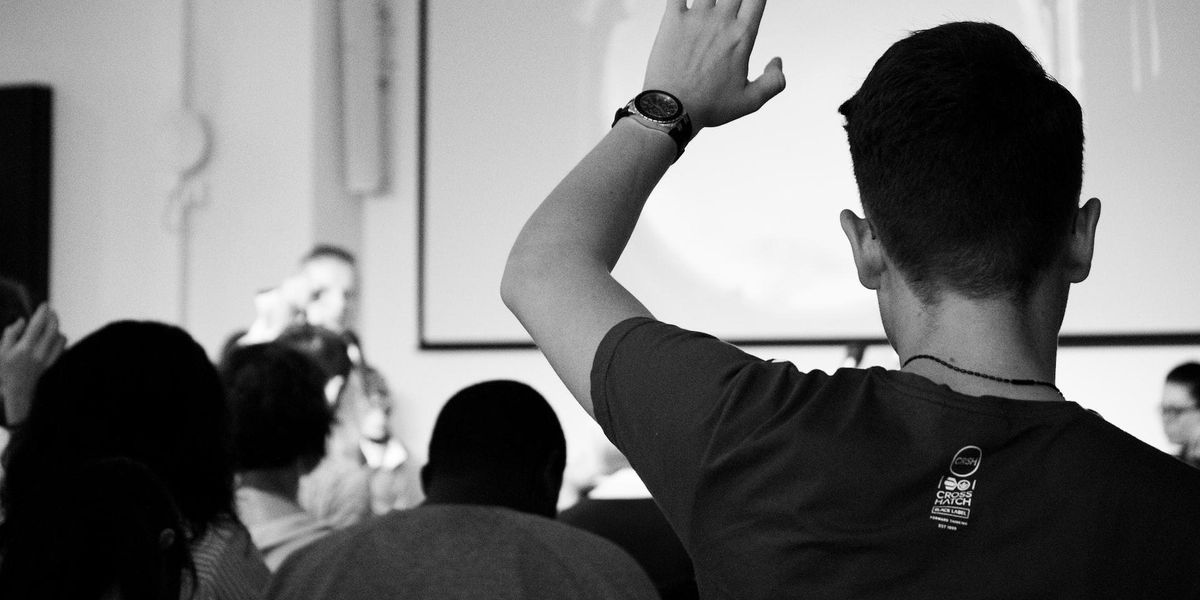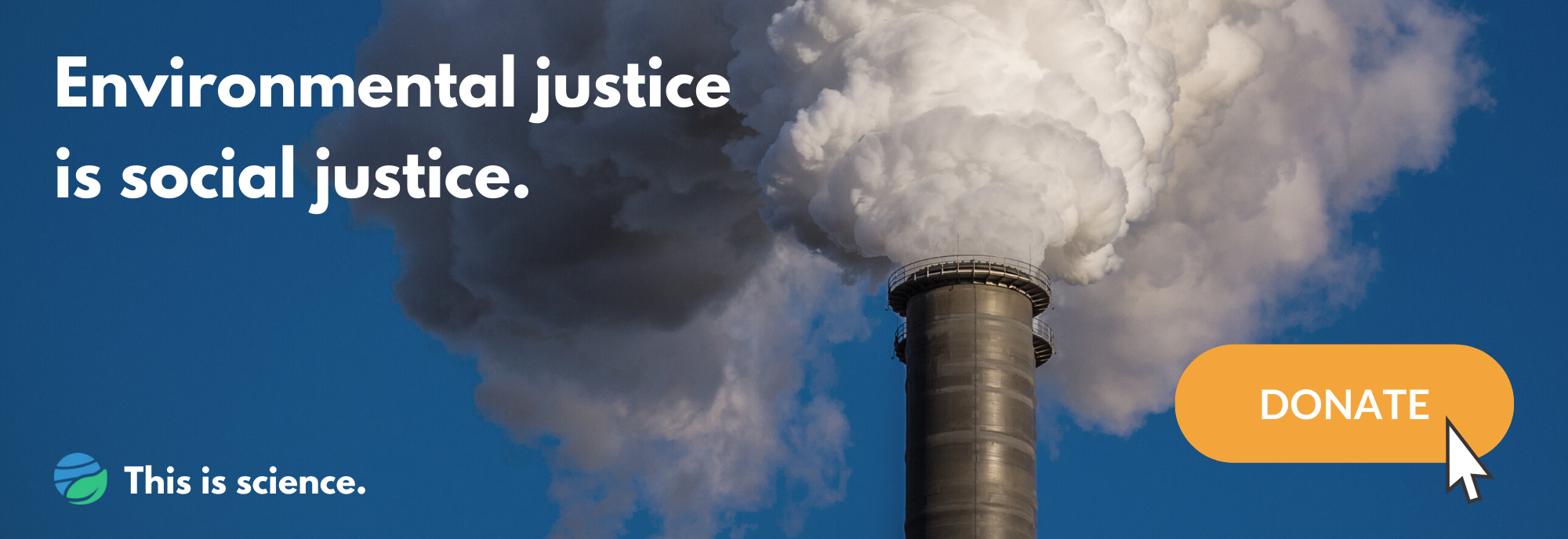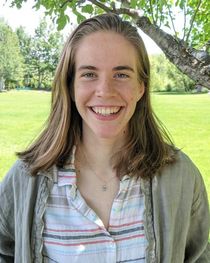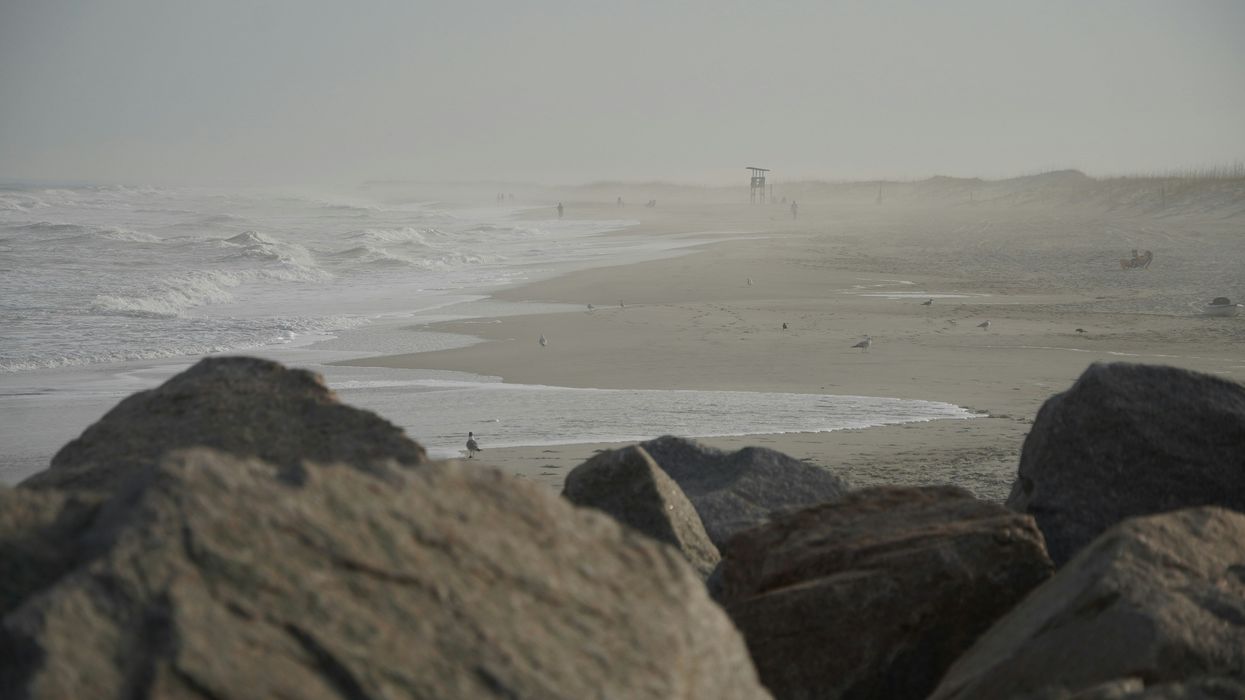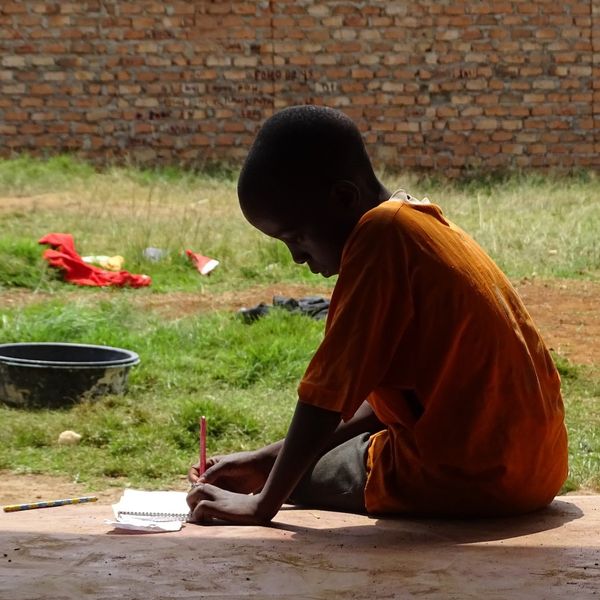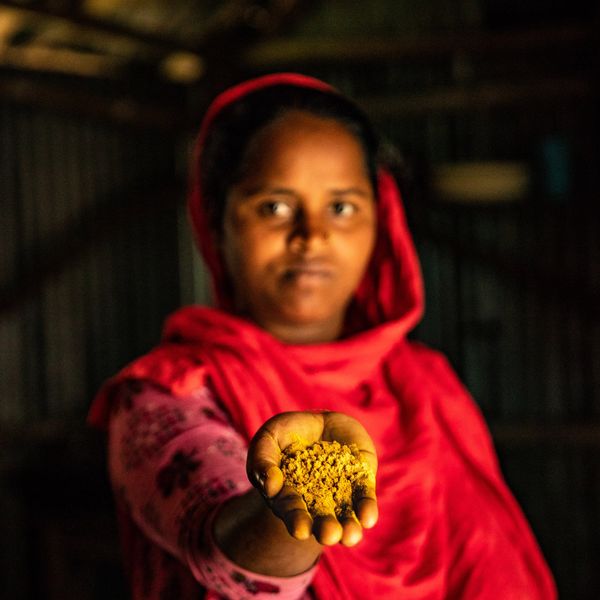Academia has a youth problem. In the past few years, youth claimed more space in the climate change conversation. However, their participation in academic circles is still lacking.
The three of us met at a student-intensive workshop designed to foster student engagement in emerging environmental issues and challenges associated with the pandemic, hosted by experts across government, industry and academia. Students from around the country developed recommendations concerning policy, science and technology investment gaps, and communication considerations for enduring change. We reported our recommendations, presenting a foundation for experts to build upon. However, our peers’ ideas were left on the table.
Realizing our recommendations would not be followed up on was a great disappointment, especially because it included motivating ideas, like making academic articles freely available and understandable to the public, preventing social media algorithms from pandering toward political beliefs to drive engagement, fostering trust in the government by addressing and making reparations for historical traumas, welcoming international climate refugees and bridging the gap between science and government to solve real-world problems.
We pivoted to try and publish our ideas in an academic journal. We were shocked when each journal we contacted indicated that they had no place to publish the unsolicited opinions of youth. We believe excluding our voices represents a major shortcoming of journals in environmental health and science. It obstructs the institutional change we need to achieve climate goals and further disenfranchises a group that is already pessimistic about their future.
We’re tired of hearing leaders say we need creative solutions to climate issues, and then ignoring the creative solutions youth present.
What place do youth voices have in academic journals?

Throughout history, marginalized groups have been excluded from institutions based on race, gender, sexuality, ability and age.
Credit: Hatice Yardım/Unsplash
There is bias in academia toward original research over discussion and commentary on new knowledge, which excludes youth because we have yet to acquire the experience and ability to conduct original research. Yet the thoughts, ideas and experiences of people from diverse backgrounds and motivations — who are influenced by the findings of academic scientists — can enhance conversations otherwise dominated by experts, often stuck doing niche research.
If we want to effectively address issues of climate change and health, the scientific community needs to make more space for those groups most impacted by their work. While holding an advanced degree can be portrayed as the superior path to knowledge, lived experiences can reveal powerful truths about greater societal patterns. The experiences of today’s youth are unlike any generations that came before us.
Throughout history, marginalized groups have been excluded from institutions based on race, gender, sexuality, ability and age. Excluding any group of people from participation hurts the validity of academic research. The good news is space can be made for youth within academic publications. Journals often include shorter pieces that don’t require original research such as editorials, letters, reviews and commentaries. These sections provide a place to spark discussion on controversial topics and share unique perspectives, and have been recommended by experts conducting interdisciplinary work. Youth can and should be engaged in this way; as we can approach these topics with fresh eyes and creative ideas even from early ages.
Why is it important to have youth voices in academic journals?
Academic journals influence decisions across entities essential to addressing planetary and health crises, like government, industry and academia. As young scientists invested in the future, we want to be engaged and make an impact through well-trafficked academic journals and not solely relegated to separate “youth spaces.”
We are not the first to argue that youth deserve a say in planetary health and health equity, as decisions in these domains will impact the majority of modern youth lifetimes. This is not a future problem, but an ongoing burden on our mental and physical health. However, youth do not deserve to be heard solely because we are highly invested in these ongoing crises — rather, we have the skills to address them.
Youth’s tech savvy is an asset, having grown up engaging with technology that more experienced generations generally struggle to navigate with fluency. Studies show that youth are exceptional at creating social capital and cohesion by way of social media, an ability that could help build support for, and resilience into, planetary and human health movements. This is exemplified by social capital’s ability to predict recovery after the COVID-19 pandemic and as well as natural disasters. Moreover, the unbridled creativity of youth is generally unmatched, having yet to internalize the many real and falsely perceived constraints that life experience teaches.
What can you do to increase youth agency, opportunity and access?
The aforementioned skill sets can complement those of more experienced generations. Carving actionable solutions needs both youth’s creativity, and older generations’ wisdom and lessons-learned. Accomplished professionals have also accrued valuable resources (such as equipment, spaces and funds) and participate in networks that hold power, influence and seats at the decision-making table.
As youth engagement becomes more fashionable, it is important to discuss what constitutes engagement. The following are eight recommendations targeted toward youth’s inclusion in academic journals, but many are also applicable in other spheres of planetary and human health organizing.
- Make academia more accessible. Making existing resources more accessible allows us to bring fresh takes into a historically elitist and exclusionary institution. This should be done with all marginalized groups in mind and can look like dedicating resources within your university or organization to make academic publications and their findings more easily digestible, or committing to a simplified writing inclusive of a broader audience.
- Utilize the spaces that youth find themselves in to get us excited to participate in academia! You can associate science with play and creativity, with camps or other experiential learning that allow kids to get hands-on..With older youth audiences, utilize social media platforms (Hank Green and the work of channels like SciShow are good examples of making science more engaging for a youth audience).
- Dedicate resources to youth engagement by having a plan to put youth ideas into action, making your needs well-known and be open to new solutions and integrating it into the duties of academia, especially for employees of an institution that work with external communications or outreach.
- Elevate our voices by creating youth advisory boards or representatives that regularly meet with administrators to make recommendations. Make sure you create a clear, simple path to getting youth voices heard. Once these recommendations are taken into consideration and implemented, include youth in the implementation!
- Consider diverse thought. Use editorials, letters, reviews, commentaries and other valuable journal articles to spark discussion and share unique perspectives and experiences. Such formats make the voices of youth more accessible to project and listen to.
- Follow up. Being told that we are heard once is great, but hard to believe. It is consistent efforts of those in power that will yield engaged youth participation.
- Open the door and also give us the resources to walk through it. Devote resources to helping us navigate the complexities of academia. Give us the time and energy needed to effectively mentor us. Don’t assume we are, or treat us as, experienced professionals who have the same publishing knowledge as experts.
- Value our time and energy and set clear expectations for us so we can do the same for you. Don’t treat our time and energy as infinite or disposable.
- Want better for our generation and yours. Making the world better should result in greater equity and transparency for subsequent generations. Removing obstacles will benefit everyone; because feeling like one must struggle immensely to succeed is counterproductive.
- Agents of Change: New fellows focused on justice and diversity in science ›
- Agents of Change: New fellows will focus on collaboration, impact, and justice ›
- Opinion: Youth v. Montana — Young adults speak up ›
- Amplifying neglected voices in environmental health - EHN ›

